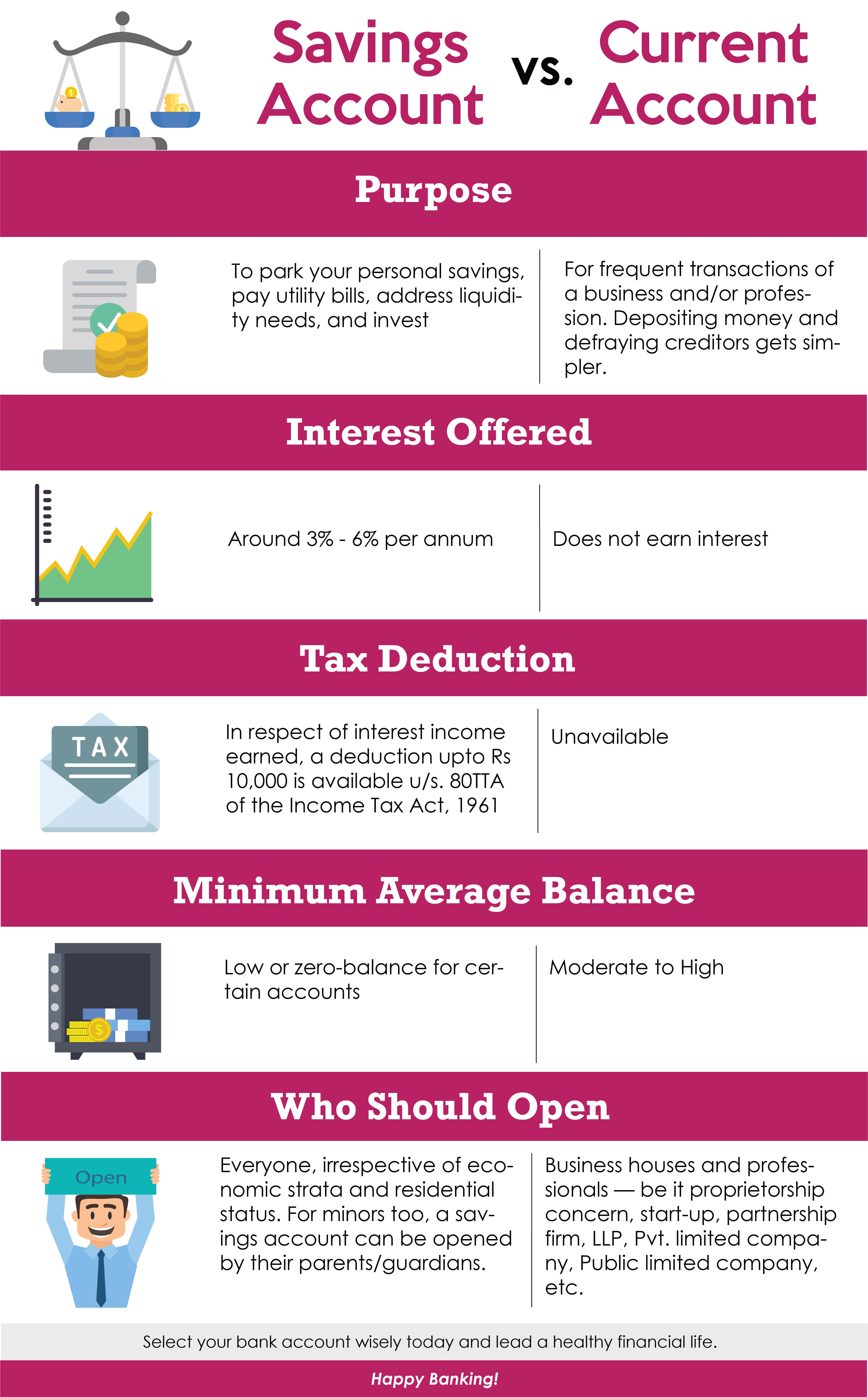Banking Awareness is considered to be the high scoring section in any competitive exam. It includes two main portions, current affairs GK and static GK. In this article, we will discuss some really important Banking Awareness topics that are covered in almost all competitive exams. Also, you can download the PDF of lists of different Banking Awareness topics.
In Banking Section, the questions are asked from following topics: History of Banking, banking terms, Marketing of Banking Products, Functions of Banks, Banks and their taglines, schemes, committees related to banking, headquarters of bank, some Banking news related, apps launched by banks, new schemes etc.
In a series of sharing useful study material for upcoming banking exams. Here, we are providing Banking Awareness notes for all banking Exams (IBPS, SBI & Other Banking Exams).
Banking Awareness Study Notes on savings accounts and current account
savings bank account is the most basic bank account available. It is an account that allows you to pool in your finances and manage them. The funds are available to be withdrawn at any time. With the different needs and requirements of the customers, banks have begun offering different kinds of savings accounts to meet these different needs. Some types of savings accounts are:
- Regular savings account
- Salary accounts
- Kids savings account
- Womens Savings account
- Institutions, Government savings account
- Basic Savings Bank Account (BSBD)
- Senior Citizens Savings Accounts
- Rural Savings Accounts/ Jan Dhan accounts
Features of savings account
- A savings account comes with a passbook and cheque book feature
- You can receive payments and make payments from your savings accounts
- Auto debits and auto credits can be set up from your savings accounts
- Savings bank account holders can access internet banking and mobile banking for their needs
- Banks offer ATM cum debit cards to savings bank account holders
- A savings bank account earns low interest rate but allows the customer the freedom to withdraw funds at any time subject to a limit on monthly withdrawals.
- It is possible to pay bills from your savings account
- Banks also send transaction alerts to their customers via SMS and email
What are the benefits of a savings account?
While a savings account has a lot of utility, it only earns interest at 3.5% to 6% per annum. In such a case, are there any benefits of having a savings account? The answer is yes. There are many benefits of opening a savings account. Let us consider them.
Liquidity
One of the benefits of opening a savings account is that it offers you liquidity..
Safety of funds
A savings bank account is a safe avenue to keep your funds rather than keeping it on hand where it is susceptible to get lost or stolen. Another important point to remember is that each account is insured by the Deposit Insurance and Credit Guarantee Corporation for up to Rs. 1 lakh.
Additional earnings because of auto sweep facility
Most banks have an auto sweep facility where funds above a particular limit are automatically converted into a fixed deposit. These funds earn interest at fixed deposit rates as compared to regular savings rate. By enabling this feature, the depositor can get full benefits of keeping money in a savings account.
Automatic debits for payments
Banks allow customers to set up automatic debits for utility payments and bills. In such cases, the utility company or telecom company raises a demand with the bank and the bank automatically debits the bank account. This is a convenient way to make payments on time. When you take a loan, you can set up an auto debit facility from your savings account where the installment will get debited from the savings bank account and
Auto credits for investment incomes
One of the benefits of keeping money in a savings account is that it can be linked to a demat account and other investments. In such cases, the income from dividends and interest gets automatically credited to the bank account. This convenience ensures all incomes get pooled in one account.
Convenient fund transfers
It is extremely simple to make fund transfers from a savings account. There are different modes of a fund transfer which are easily available in both internet banking and mobile banking. A savings bank account holder can transfer funds using NEFT, RTGS, IMPS and UPI.
Joint accounts
There are benefits of a joint savings account. Having a joint account provides greater flexibility since all the joint holders can sign cheques and operate the bank account. It makes it easy to track spends and incomes. A joint account can be maintained for household incomes and expenses which is excellent for financial planning.
Current account is for those who have a very high volume of transactions – whether debit or credit. Hence it is meant for conducting a business, and generally opened for businessmen, traders and service providers. Sometimes current accounts are also called demand deposit accounts. No interest is paid on these accounts, sometimes even a fee is charged for banking services.
Various features of Current account
High liquidity
Current accounts are meant to ensure a high level of liquidity. Money flows constantly in and out of an account. Customers use it not as an investment, but as a tool to facilitate daily business transactions. They issue cheques to those with whom they have business dealing, and, in turn, receive cheques from them.
Interest rates:
One feature of a current account is that deposits made in it does not earn interest. This is because, as we have pointed out earlier, the current account definition is that it’s a tool for conducting business, not an investment avenue. On the other hand, a savings account earns some interest for customers – albeit small. However, there are some banks that offer a sweep-in facility. That is, if the balance reaches a certain level, it is automatically transferred to a savings account or a fixed deposit, where it can earn some interest.
Overdraft
When you are finding out what is current account in bank, you need to understand the concept of an overdraft. Business transactions are quite fluid and rapid, and sometimes there could be a gap in the inflows and outflows. Banks in that case provide an overdraft facility so that any cheques issued are not dishonoured.
Advantages of current account
- Enables businesspersons to keep the flow of money smooth, and get and make payments on time.
- Overdraft facilities are available to tide over any temporary cash flow issues.
- Internet and mobile banking enable smooth and error-free transactions.
- Very handy for large volume of transactions.
Difference between savings account and current account














